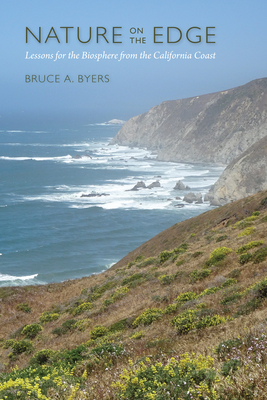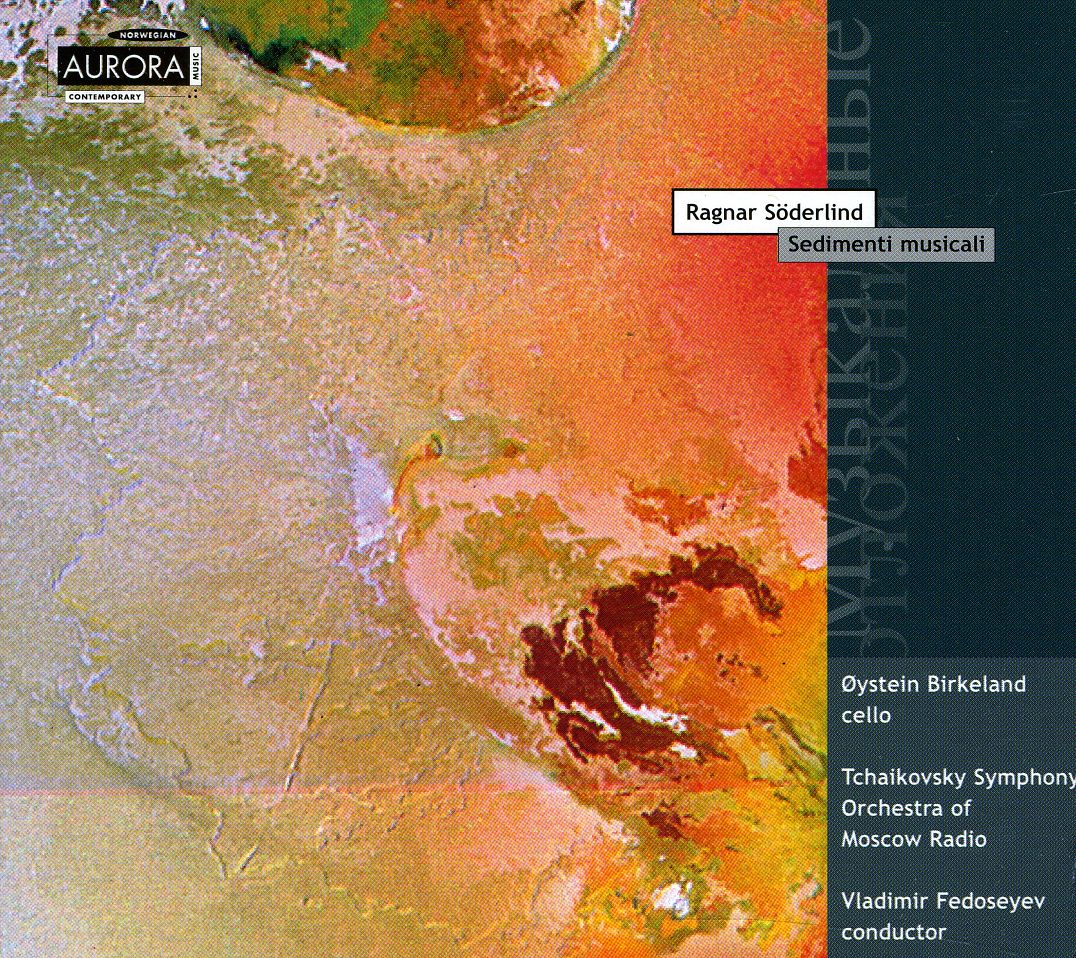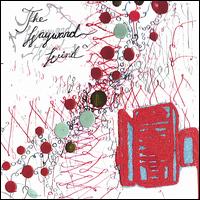
Byers, Bruce A.
product information
description
ist Bruce Byers offers readers new perspectives on two iconic California coastal regions, San Francisco Bay and the Golden Gate and the Santa Barbara Channel Islands. While many people--in California and elsewhere--are familiar with these two areas, they may not know that they are part of a network of international biosphere reserves organized by the United Nations Educational, Scientific, and Cultural Organization (UNESCO). Nature on the Edge traces the history of nature conservation in these places and introduces the committed individuals who led those efforts and model effective action. In compelling dispatches from the edge of the continent, Byers explores topics ranging from butterflies to scrub jays, from salmon to whales. He describes the natural history, ecology, and evolution of key species and ecosystems in scientifically sound but accessible language, and notes that despite all we know, fascinating ecological mysteries still abound. Byers also surveys ecocentric philosophies and worldviews rooted in these places and argues for their importance in developing a more harmonious and sustainable relationship between humans and our home planet. UNESCO biosphere reserves are laboratories for understanding how humans affect ecosystems and models for how we can heal the human-nature relationship. While the biosphere concept and network has existed for fifty years now, it is still not well-known by the general public. Today, the US has twenty-eight biosphere reserves. By focusing on two beloved sites in California, Byers draws attention to the important work being done in these reserves around the world, with the goal of inspiring readers to reflection, action, and hope in the face of climate change, biodiversity loss, and other environmental challenges.
member goods
No member items were found under this heading.
Return Policy
All sales are final
Shipping
No special shipping considerations available.
Shipping fees determined at checkout.







